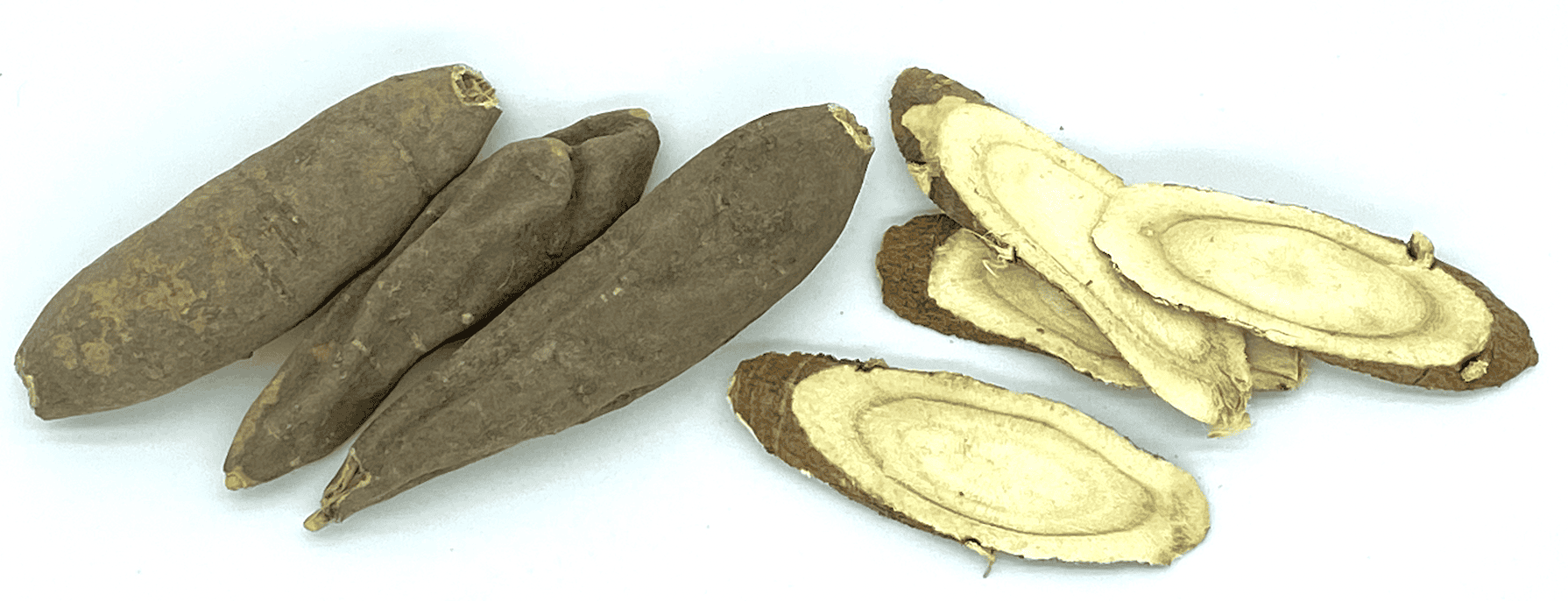
Peony & Licorice
This is another useful TCM combination, however, these two medicines were also combined in Traditional European Medicine. These two medicines together form Shao Yao Gan Cao Tang (Decoction of Peony and Licorice).
Peony is a nourishing Blood and Yin tonic, especially appropriated to the Liver, and has the special function of soothing, calming and easing the Liver to promote calmness, which has the secondary effect of relieving Internal Wind.
Licorice is a Qi tonic, most appropriated to the Spleen, but having the special effect of balancing and regulating, and harmonising and increasing the effects of the medicines it is combined with.
Together, these two medicines tonify Qi and Blood, regulate Spleen and Liver, and harmonise the nervous system. They are often combined in TCM for Spasms and Cramps. In the west, they were most commonly used for spasmodic Cough and Asthma.
Examples:
Decoction of Hyssop (Andrezeos), Decoction to Warm the Head, Decoction to Strengthen the Head, Lohoch of Raisins, Electuary of Peony, Electuary for Paralysis, Confection of Currants, Electuary of Maidenhair (Zenon)
From TCM:
Decoction of Peony and Licorice (Shao Yao Gan Cao Tang), Ba Zhen Tang, Bai He Gu Jin Tang, Bao Yin Jian, Bu Gan Tang, Chai Hu Gui Zhi Tang, Chai Hu Shu Gan San, Da Ding Feng Zhu, Dan Zhi Xiao Yao San, Diao Gan Tang, Du Huo Ji Sheng Tang, E Jiao Ji Zi Tang, Fang Feng Tong Sheng San, Gui Zhi Jia Shao Yao Tang, Gui Zhi Tang, Ling Jiao Gou Teng Tang, Shao Yao Tang, Shi Quan Da Bu Tang, Wan Dai Tang, Xiao Jian Zhong Tang, Xiao Yao San, Zhen Gan Xi Feng Tang
